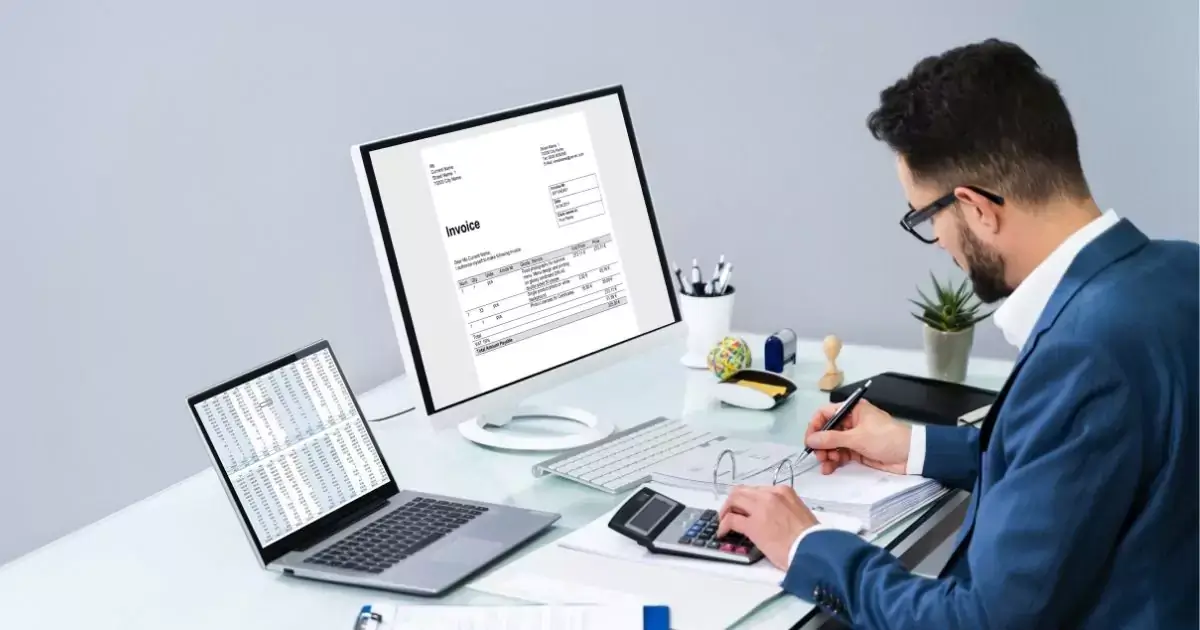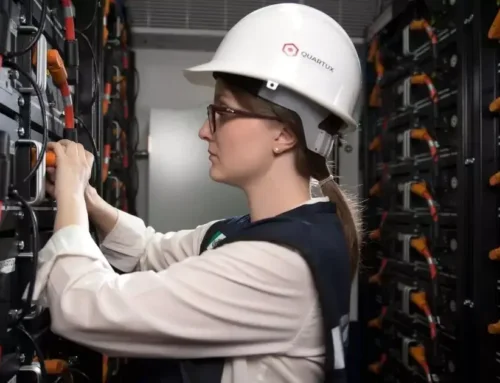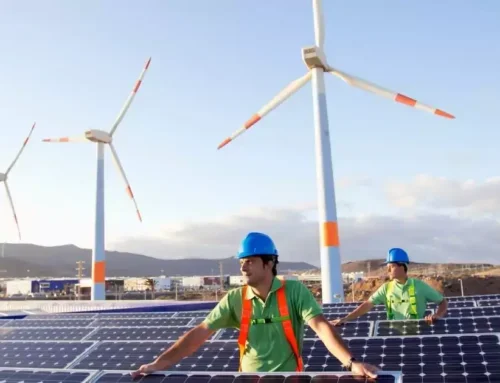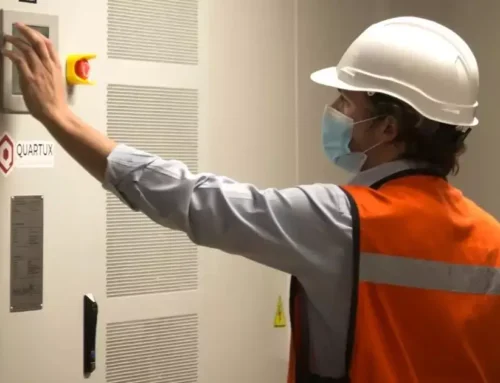When asked about the most challenging operating expenses to predict, business leaders often point to energy costs as their primary variable. An analysis by Quartux reflects this financial reality: small businesses nationwide incur energy expenses exceeding sixty billion US dollars annually.
In an economic environment where every penny counts, large industries in Mexico face the ongoing challenge of optimizing operating costs, with the electricity bill being one of the most significant components. Energy efficiency is not just a matter of sustainability but an essential strategy to maintain competitiveness in the market. Reducing the electricity bill is possible through the implementation of innovative technologies and the adoption of energy-conscious management practices.
How to Reduce Energy Costs in Industry?
To achieve a significant reduction in energy costs within the industrial scope, it is essential to adopt a comprehensive strategy that encompasses reviewing and improving established processes and committing financially to cutting-edge technologies. This comprehensive strategy not only seeks immediate economic benefits but also aims for a long-term transformation towards sustainability and efficiency. Among the fundamental tactics we propose, the following stand out:
Energy Audits: Key to Discovering How to Reduce the Electricity Bill
The first step for any industry seeking to reduce its electricity expenses is to conduct an energy audit. This detailed diagnosis not only reveals the plant’s energy consumption pattern but also identifies opportunities to improve efficiency and adjust contracted power to actual needs. This is vital since contracted power above or below the actual requirement can lead to unnecessary expenses or cuts due to over-demand, respectively.
Innovation in Lighting
Lighting accounts for a significant portion of electrical consumption in industries. Transitioning to LED bulbs not only offers a longer lifespan and better luminous performance but also significantly reduces electricity consumption. Additionally, efficient management of standby electrical systems can contribute to a notable reduction in energy consumption.
Infrastructure Optimization
Energy savings in large industries also involve strategic investment in high-performance energy equipment. Modern machinery, efficient air conditioning systems, and cooling processes that use cold water are at the forefront of efficiency, directly contributing to reducing electricity consumption and hence the electricity bill.
Harnessing Renewable Energies
Their integration allows industries to further reduce their dependence on the power grid and vulnerability to fluctuations in electricity tariffs. Moreover, the use of renewable energy sources aligns companies with sustainability policies and environmental commitment, increasingly valued in the global market.
Reducing Consumption During Peak Hours
Peak hours are those times when energy demand reaches its peak level, typically coinciding with standard work routines. During these time frames, the cost of energy increases due to high demand on the power grid. Therefore, intelligent and strategic management of energy consumption during these hours not only represents significant cost savings but also contributes to network stability and reduces the industry’s carbon footprint.
Production Schedule Adjustment: One of the most direct ways to reduce peak demand is through adjusting production schedules. This may involve starting the workday earlier or extending it beyond peak hours, thus distributing the energy load more evenly throughout the day.
Energy Storage Systems
One of the most promising innovations in industrial energy management is the use of energy storage systems in lithium batteries. These systems allow industries to store energy during base rate periods when costs are lower, to use it during peak rate periods. This practice not only optimizes energy spending but also improves industry stability and energy independence.
Quartux is one of the renewable energy companies in Mexico for industries in general that manages to enable these same industries to take advantage of these CFE tariff schedules and charge their battery systems with energy when it is cheap (base schedule) to then use it and replace consumption during expensive hours (called “peak” by CFE) where more than 40% of the bill is charged.
Investment in Automation
Automation and smart technology can play a crucial role in energy consumption management. Smart systems can be programmed for high-energy consumption processes to be carried out during times of lower electricity costs, thus optimizing energy load without sacrificing productivity.
Quartux is a Mexican energy storage company that shifts the consumption curve and replaces expensive and cleaner energy thanks to its customized control software for each client.
With these types of solutions, the customer forgets about any interruptions in the network since they have a backup system that protects the user from blackouts and poor energy quality. All this at no cost and with an installation and delivery period of less than three months.
How Can I Save Money on Electric Heating and Cooling Costs?
The initial step is to observe the overall environmental needs and uses of your office. Asking yourself (and your staff) certain questions can be a good way to gather information that will help you select the best ways to save energy at work:
Is the heating always on throughout the winter? Are there times when it can at least operate at a lower temperature or, if possible, be turned off completely?
Is the air conditioning always on throughout the summer?
Just as with heating: consider raising the temperature a few degrees or turning off the air conditioning when the office is closed.
Are your employees interested in reducing your company’s carbon footprint?
Participation in a group energy project can be a team builder, especially if some savings are transferred to the company and employees can benefit in some way.
6 Ways to Save Energy on HVAC Systems for Small Businesses
By observing your company’s energy consumption, an area at the same time will help make the process of saving on small business energy costs a little more manageable. Let’s look at heating, ventilation, and air conditioning (known as HVAC) systems. Here are some energy-saving tips in the office for your HVAC:
Eliminate Heating/Cooling Loss
One of the easiest ways to save energy at work is to look for places where heat (or air conditioning) can escape. It makes no sense to pay to heat or cool the outdoors! Have the energy auditor check windows and doors for leaks.
Pro Tip: if you decide not to undergo an energy audit, you can check for leaks. Check out our blog post on how to find air leaks.
Install Programmable Thermostats
These thermostats allow you to reduce the temperature when no one is around. Keeping your office temperature one degree lower in winter and one degree higher in summers can reduce the energy your HVAC system uses by up to ten percent!
Regularly Maintain Your HVAC Equipment
Annual maintenance is the standard for most equipment. Current air conditioners use thirty percent less energy to produce the same amount of cooling as those manufactured in the mid-1970s. Even with an air conditioner just ten years old, you could save twenty percent on cooling costs if you replace it with a newer, more efficient model.
Avoid Oversizing Any Replacement Equipment When Applying Energy Saving Ideas in the Workplace
Accidentally oversizing equipment can increase the initial capital investment cost during installation and could produce excessive unrecoverable costs over the life of the equipment. A certified HVAC professional can tell you if the equipment you are currently using is sufficient or too large, and if it is operating at maximum energy efficiency.
Change Air Filters Regularly
Some manufacturers recommend changing every month, while others recommend every three months. The key is to check your HVAC system filter regularly; if it looks dirty, no matter how many months have passed, change it. A dirty filter reduces airflow and makes the system work harder, wasting energy. Clean filters also protect the system by preventing dust and dirt from entering, which could result in costly maintenance costs.
Seal Your Heating and Cooling Ducts
Ducts move expensive air from a forced air furnace, central air conditioner, or heat pump. If not properly sealed, they can be significant energy losses and waste money. Sealing and insulating ducts can improve your heating and cooling system’s efficiency by up to twenty percent. Priorities in duct maintenance should include ducts that run through access spaces, attics, and unheated basements.
Solutions to Reduce the Electricity Bill in Industry
At Quartux, we are aware of the challenges involved in energy management in large industries and offer customized solutions ranging from energy audits to the implementation of energy storage systems in lithium batteries. Our commitment is to help you find the answer to the question “how to reduce the electricity bill?” effectively and sustainably.
We invite you to contact us to discover how we can help you reduce your operating expenses and move towards a more efficient and responsible energy future.







